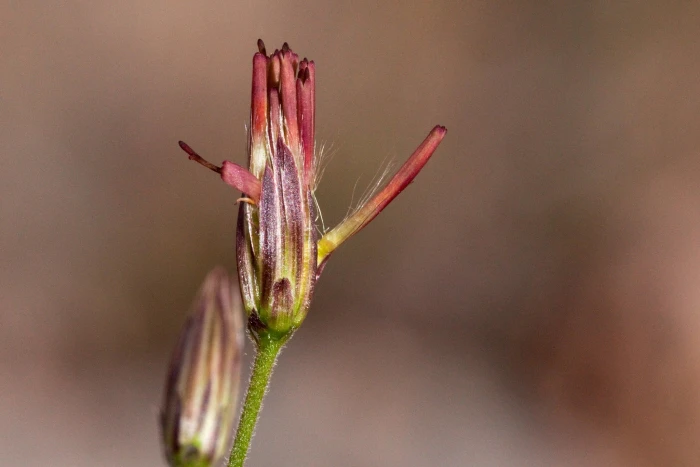Coulter’s Brickellbush
(Brickellia coulteri)
Coulter’s Brickellbush (Brickellia coulteri)
/
/

Patrick Alexander
CC0
Image By:
Patrick Alexander
Recorded By:
Copyright:
CC0
Copyright Notice:
Photo by: Patrick Alexander | License Type: CC0 | License URL: https://creativecommons.org/licenses/by-sa/4.0 | Uploader: Josve05a | Publisher: Wikimedia Commons |

















Estimated Native Range
Climate Requirements for Laguna Niguel, California
| This Plant | Your Site | Plant Suitability for Your Location | ||
|---|---|---|---|---|
| • Precipitation | 4" - 77" | 13" | Your precipitation may be too high for this plant. | Too high |
| • High Temp. | 79°F - 108°F | 82°F | Your summer temperatures are normal for this plant. | Excellent |
| • Low Temp. | 16°F - 68°F | 44°F | Your winter temperatures are normal for this plant | Excellent |
This plant may not grow well at your location - your precipitation is too high.
Summary
Brickellia coulteri, commonly known as Coulter’s Brickellbush, is a deciduous subshrub or shrub native to arid regions, including desert washes, rocky slopes, and canyons in the Southwestern United States and Northwestern Mexico. It typically grows to a height of 1-3 feet (0.3-0.9 meters) and a width of 2-5 feet (0.6-1.5 meters). Coulter’s Brickellbush has a bushy form with branching stems and narrow leaves. It produces clusters of small, tubular yellow-green flowers from late spring to fall, which are attractive to pollinators such as butterflies and bees.
This plant is valued for its drought tolerance and ability to thrive in challenging environments, making it suitable for xeriscaping and naturalistic plantings in arid regions. It is often used in restoration projects, as it stabilizes soil and provides habitat for wildlife. In cultivation, it requires minimal maintenance, tolerating full sun to part shade, and prefers well-drained soils. While it is not commonly found in traditional garden settings, its resilience and long blooming period can add interest to water-wise gardens.CC BY-SA 4.0
This plant is valued for its drought tolerance and ability to thrive in challenging environments, making it suitable for xeriscaping and naturalistic plantings in arid regions. It is often used in restoration projects, as it stabilizes soil and provides habitat for wildlife. In cultivation, it requires minimal maintenance, tolerating full sun to part shade, and prefers well-drained soils. While it is not commonly found in traditional garden settings, its resilience and long blooming period can add interest to water-wise gardens.CC BY-SA 4.0
Plant Description
- Plant Type: Subshrub, Shrub
- Height: 1-3 feet
- Width: 2-5 feet
- Growth Rate: Moderate
- Flower Color: Yellow, Green
- Flowering Season: Spring, Summer, Fall
- Leaf Retention: Deciduous
Growth Requirements
- Sun: Full Sun, Part Shade
- Water: Low
- Drainage: Fast
Common Uses
Bee Garden, Bird Garden, Butterfly Garden, Low Maintenance
Natural Habitat
Arid regions, including desert washes, rocky slopes, and canyons
Other Names
Common Names: Pachaba
Scientific Names: Brickellia coulteri, Coleosanthus coulteri, Brickellia coulteri f. coulteri, Brickellia coulteri f. eglandulescens, Brickellia coulteri f. typica
GBIF Accepted Name: Brickellia coulteri A.Gray